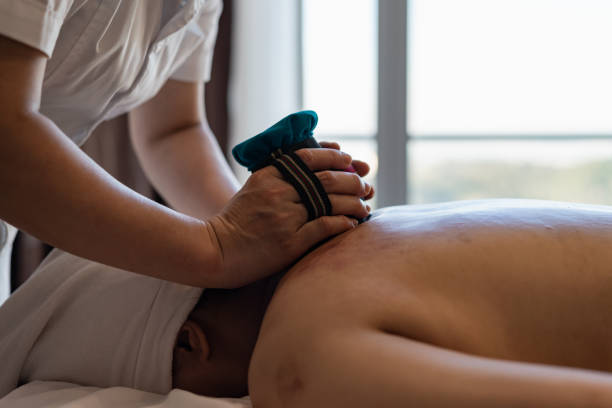Exploring the Benefits and Applications of Moxa Therapy: A Comprehensive Guide

In the realm of alternative medicine, Moxa therapy stands out as a time-honored practice rooted in traditional Chinese medicine (TCM). This holistic approach has gained significant attention in recent years due to its numerous potential benefits and versatile applications. In this comprehensive guide, we delve into the world of Moxa therapy, uncovering its origins, highlighting its various techniques, and examining the science behind its potential benefits.

The Origins and Fundamentals of Moxa Therapy
Moxa therapy, also known as moxibustion, finds its origins in ancient China as a key component of TCM. The term “moxa” refers to the dried leaves of the Artemisia vulgaris plant, commonly known as mugwort. The therapy involves burning processed moxa near or on specific points of the body, known as acupoints. This practice is based on the concept of restoring the body’s flow of vital energy, or “qi,” and maintaining the balance between yin and yang.
Techniques and Applications of Moxa Therapy
Moxa therapy offers a range of techniques, each tailored to address different health concerns and conditions. Direct moxibustion involves placing a small cone of moxa directly on the skin and burning it until warmth is felt. Indirect moxibustion utilizes various mediums, such as ginger, garlic, or salt, to separate the burning moxa from the skin, preventing direct contact. Additionally, a technique called “needle moxibustion” combines acupuncture and moxibustion, enhancing the therapeutic effects of both practices.
Moxa therapy finds application in various health areas, including pain management, immune system enhancement, digestion improvement, and even breech pregnancy. Research suggests that moxibustion may stimulate blood circulation, promote the release of endorphins, and support the body’s natural healing mechanisms.
Potential Benefits Supported by Science Scientific
Studies have shed light on the potential benefits of moxa therapy. Research indicates that moxibustion can play a role in pain relief by increasing local blood flow and promoting the release of anti-inflammatory substances. It has also been explored as an adjunct therapy for conditions like arthritis, menstrual pain, and digestive disorders. Moreover, moxa therapy’s positive impact on immune system activity and its potential in addressing breech presentations in pregnancy have intrigued the medical community.
Conclusion:
Moxa therapy, deeply rooted in traditional Chinese medicine, offers a holistic approach to health and wellness. Its techniques, ranging from direct to indirect moxibustion, demonstrate its versatility in addressing various health concerns. As scientific exploration continues, the potential benefits of moxibustion, such as pain relief, improved circulation, and immune system support, are becoming increasingly evident. By embracing both the ancient wisdom of TCM and the insights of modern research, individuals seeking complementary approaches to health have the opportunity to explore the world of Moxa therapy and potentially reap its many rewards. Always consult a qualified healthcare professional before embarking on any alternative therapy to ensure its suitability for your specific needs.










